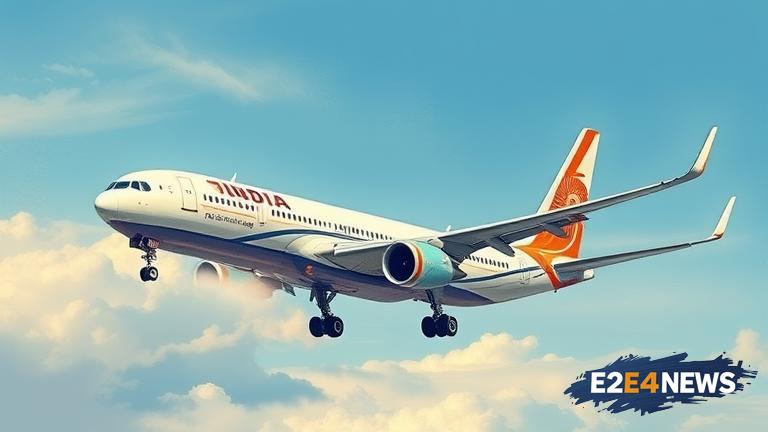The Indian aviation industry has been marred by a string of alarming incidents in 2025, raising concerns about the safety of air travel in the country. According to recent reports, there have been six instances of aircraft engine shutdowns and three May Day calls made by pilots in the first few months of the year. These incidents have sparked widespread concern among passengers, airlines, and regulatory bodies, prompting calls for a thorough investigation into the matter. The engine shutdowns, which occurred on various domestic and international flights, were attributed to technical glitches and other mechanical issues. In each of these cases, the pilots managed to land the aircraft safely, but the incidents have highlighted the need for improved maintenance and safety protocols. The May Day calls, which are distress signals made by pilots in emergency situations, were made due to a range of reasons, including engine failure, system malfunctions, and adverse weather conditions. The incidents have led to a renewed focus on aviation safety in India, with the Directorate General of Civil Aviation (DGCA) launching an investigation into the matter. The DGCA has also issued guidelines to airlines and maintenance providers, emphasizing the importance of regular checks and adherence to safety protocols. The Indian government has also taken note of the incidents, with the Ministry of Civil Aviation assuring passengers that the safety of air travel is a top priority. Despite these assurances, the incidents have raised questions about the effectiveness of the country’s aviation safety regulatory framework. The International Air Transport Association (IATA) has also expressed concern about the incidents, emphasizing the need for a robust safety culture in the Indian aviation industry. The incidents have also had an impact on the country’s aviation sector, with some airlines facing scrutiny over their safety records. The Indian aviation industry has been growing rapidly in recent years, with the number of air passengers increasing significantly. However, this growth has also put a strain on the country’s aviation infrastructure, highlighting the need for improved safety protocols and regulatory oversight. The incidents have also sparked a debate about the role of technology in improving aviation safety, with some experts advocating for the use of advanced data analytics and artificial intelligence to predict and prevent safety incidents. The Indian government has also announced plans to invest in the development of new aviation infrastructure, including airports and air traffic control systems. The incidents have also raised questions about the training and expertise of pilots and maintenance personnel, with some experts calling for improved training programs and certification standards. The Indian aviation industry has also faced challenges in terms of regulatory compliance, with some airlines facing fines and penalties for non-compliance with safety regulations. The incidents have also had an impact on the country’s reputation as a safe and reliable destination for air travel, with some foreign airlines and travelers expressing concern about the safety of Indian airlines. Despite these challenges, the Indian aviation industry remains committed to improving safety standards, with airlines and regulatory bodies working together to implement new safety protocols and technologies. The incidents have also highlighted the importance of collaboration and information-sharing between airlines, regulatory bodies, and other stakeholders to improve aviation safety. The Indian government has also announced plans to establish a new aviation safety agency, which will be responsible for overseeing safety standards and regulatory compliance in the industry. The agency will also be responsible for investigating safety incidents and implementing new safety protocols. The incidents have also sparked a debate about the role of the media in reporting on aviation safety incidents, with some experts arguing that sensationalized reporting can create unnecessary fear and panic among passengers. The Indian aviation industry has also faced challenges in terms of public perception, with some passengers expressing concern about the safety of air travel in the country. However, the industry remains committed to improving safety standards and reassuring passengers that air travel is safe and reliable.
